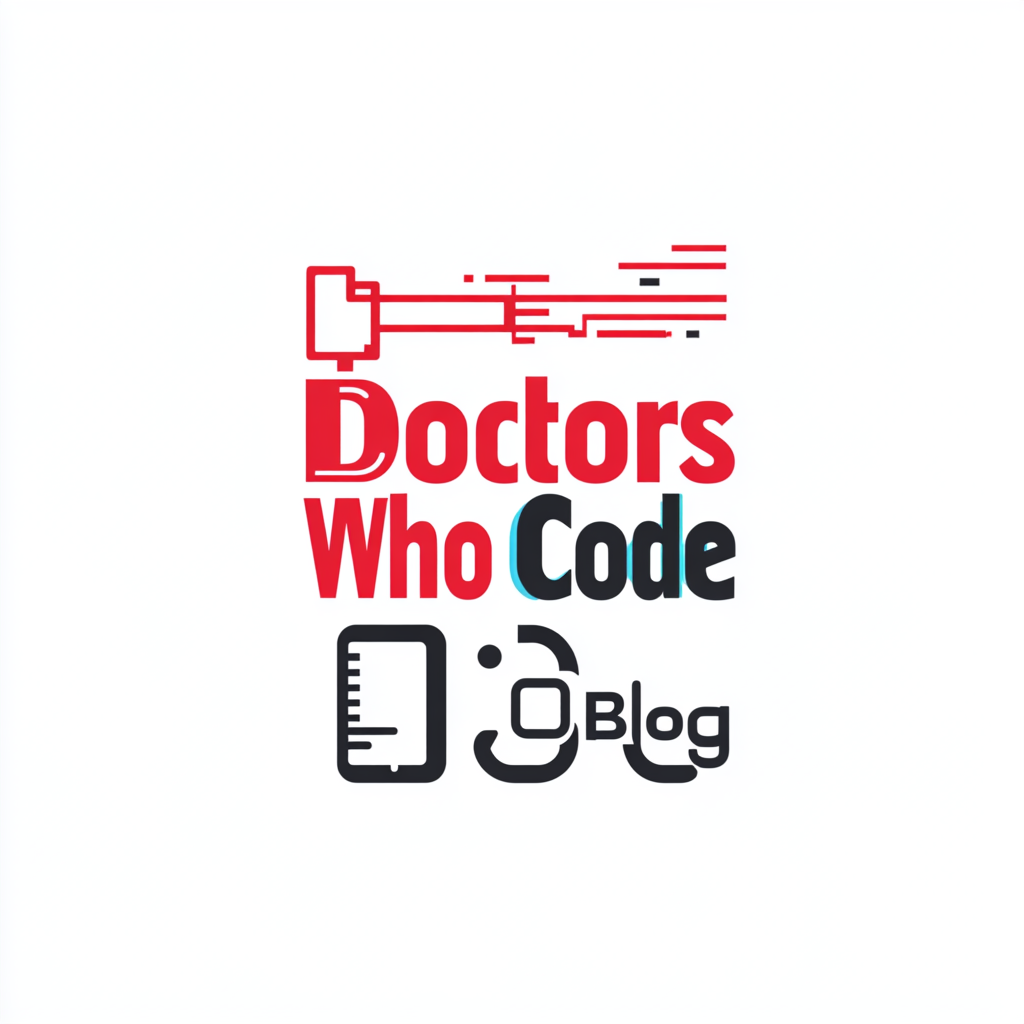Transforming clinical variability into actionable probabilities for evidence-based maternal-fetal care
Introduction: Harnessing Uncertainty in Medicine
Precision is the aspiration of medicine, yet uncertainty shapes every decision. In maternal-fetal medicine (MFM), this uncertainty compounds—we are caring for two patients at once, with overlapping but not identical risks. Should we induce at 37 weeks to protect the mother, or wait until 39 weeks for neonatal maturity? Should we escalate therapy for borderline gestational diabetes, or continue lifestyle interventions?
Monte Carlo simulations (MCS) provide a rigorous way to embrace uncertainty. By running thousands of randomized scenarios, MCS generates probability distributions of outcomes rather than single estimates. This mirrors how expert clinicians reason: weighing possibilities, estimating risks, and communicating nuanced probabilities to patients.
Monte Carlo Simulations Explained
Beyond Point Estimates
Traditional calculators give a single risk number: “This patient has a 15% chance of preeclampsia.” Monte Carlo simulations instead:
- Replace fixed values with distributions that capture variability in labs, vitals, and patient behaviors
- Sample repeatedly, running thousands of virtual “what if” pregnancies
- Output distributions, showing ranges and confidence intervals rather than one static prediction
Think of it as rolling dice thousands of times to map out all possible outcomes, rather than relying on a single throw.
Clinically Relevant Outputs
Monte Carlo outputs provide:
- Probabilities of crossing clinical thresholds
- Confidence intervals around risk estimates
- Scenario comparisons for alternative management pathways
- Sensitivity analyses identifying which variables matter most
Why Monte Carlo Fits Maternal-Fetal Medicine
Clinical Complexity Meets Computational Power
MFM is characterized by variability and competing risks:
- Patient heterogeneity (age, BMI, comorbidities, genetics, adherence)
- Measurement variability (ultrasound error, lab fluctuations, BP lability)
- Risk trade-offs (maternal safety vs. neonatal maturity; medication side effects vs. disease progression)
Monte Carlo excels here by integrating uncertainty into the decision framework instead of ignoring it.
Key Applications
- Risk prediction: preeclampsia, preterm birth, growth restriction
- Delivery timing: balancing prematurity vs. stillbirth prevention
- Genetic counseling: complex inheritance modeling
- Resource planning: forecasting NICU admissions, staffing high-risk units
Case Example: Gestational Diabetes Management
Gestational diabetes mellitus (GDM) illustrates the power of MCS. Guidelines offer clear thresholds (fasting ≤95 mg/dL, 1-hour ≤140, 2-hour ≤120), but real-world care is messy: glucose fluctuates daily, patients vary in adherence, and measurement timing is imperfect.
Clinical Question
When should pharmacologic therapy be initiated in GDM, given variable glucose readings and patient factors?
Inputs Modeled
- Glucose distributions: Fasting, 1-hour, and 2-hour postprandials modeled with realistic variability
- Adherence factors: Missed tests, diet lapses, exercise compliance
- Decision algorithm: Medication if >1/3 of readings exceed thresholds
Simulation Process (Python Pseudocode)
for iteration in range(10000):
readings = simulate_glucose(patient_params)
elevated = sum(r > threshold for r in readings)
medication = elevated > len(readings)/3
neonatal_outcomes = model_neonatal_risk(readings, medication)
record(medication, neonatal_outcomes)
Outputs
- 68% probability patient will require medication
- 32% probability lifestyle alone is sufficient
- Macosomia risk: 15% with early medication vs. 28% with delayed initiation
- NICU admission probability: 12% vs. 19%
This probabilistic framework equips clinicians to explain not only what might happen, but how likely each outcome is.
Implications for Clinical Practice
For Clinicians
- Beyond binary cutoffs: Replace rigid thresholds with probability-informed nuance
- Personalized counseling: “You have a 70% chance of needing medication” is more meaningful than a yes/no recommendation
- Improved consent: Patients understand trade-offs through visualized probabilities
For Systems
- Resource planning: Forecast insulin starts, NICU needs, diabetes educator workload
- Quality improvement: Identify key drivers of poor outcomes, refine monitoring strategies
For the Future
- Clinical Decision Support: Embedding MCS in EMRs for real-time, patient-specific guidance
- Population Health: Aggregated simulations informing protocols and policy
Implementation for Doctors Who Code
Technical Tools
- Python: NumPy, SciPy, Pandas, Matplotlib for modeling & visualization
- R: Deep statistical libraries, strong visualization
- Cloud computing: Scalable simulation runs with AWS or Google Cloud
Validation Steps
- Compare outputs against retrospective patient cohorts
- Pilot prospective implementation in clinic workflows
- Translate results into intuitive visualizations for patients and staff
Conclusion: Probabilistic Medicine in MFM
Monte Carlo simulations represent a shift from deterministic to probabilistic medicine. Instead of asking “Will this patient need medication?” we ask “What’s the likelihood under real-world conditions?”
For the clinician-coder, MCS bridges computation and care: a way to transform variability into insight, and uncertainty into strategy. In MFM—where two patients’ lives are intertwined—this probabilistic lens is not just computationally elegant, but clinically essential.
Next Steps:
- Identify a high-uncertainty clinical problem.
- Define inputs and probability distributions.
- Build a simple simulation model.
- Validate against real-world outcomes.
- Integrate into clinical practice and decision-making.
By coding uncertainty into clarity, Monte Carlo simulations give us a way to practice evidence-based, patient-centered care at the highest level.
~ Chuck

